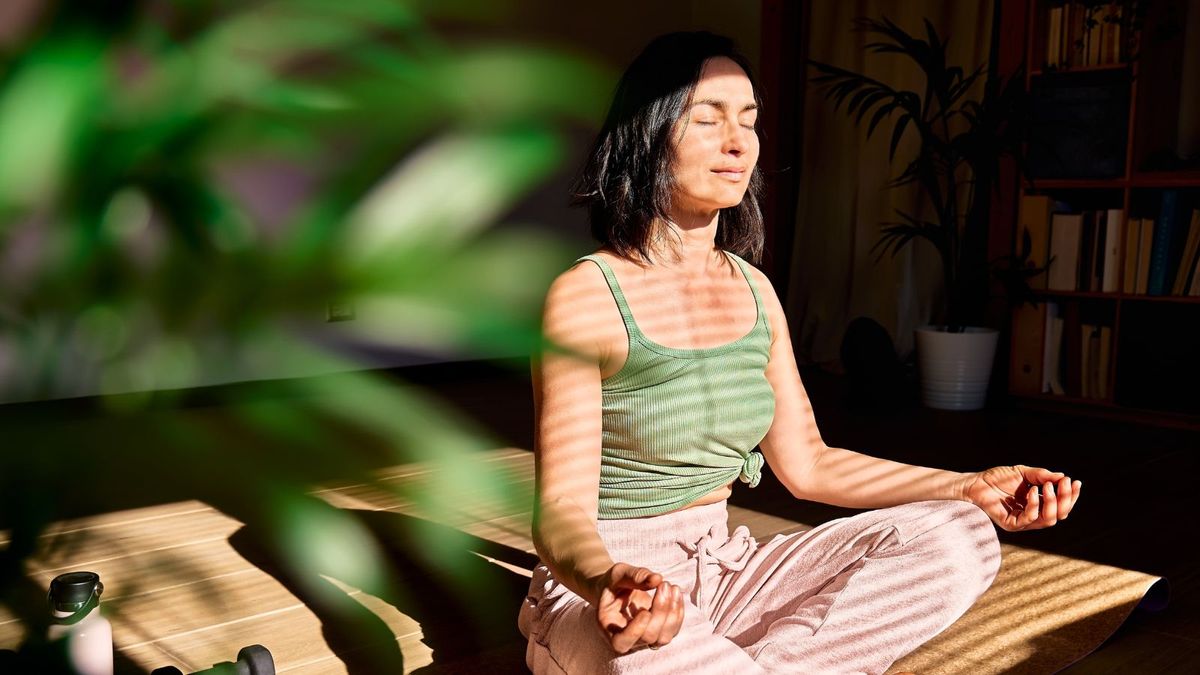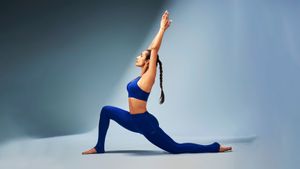Hatha, vinyasa, power, kundalini – there are several types of yoga (and their variations with beer, goat, babies, and more) to choose from, which is one of the major reasons it is such a popular and widely-used form of exercise. But the sheer variety is also one of the reasons why newbies find it difficult to navigate the world of yoga. Sure, they are all about yoga asanas and aligning our chakras, but each type of yoga has a distinct intensity, recommended level of expertise, and end goal. What works for your favourite celebrity or influencer, or your friend may not be a suitable type for you and vice versa. So, it is important to find a type of yoga that’s suitable for your level of experience, health condition, and individual preferences.
Curious to learn about the common types of yoga and which one’s best recommended for whom and what kind of goals, on International Yoga Day 2023, Zee Zest speaks to yoga experts from across India. Scroll down to read.
Hatha Yoga
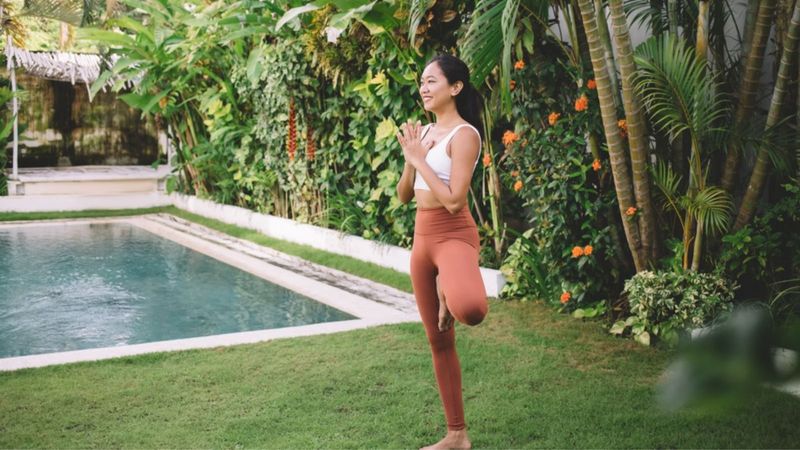
Consisting of a superset of yogasanas (yoga poses) with controlled movements and a special focus on breathwork, Hatha Yoga is a traditional style of yoga. Under this fall other types of yoga such as Vinyasa, Pragya Bhatt, an alignment-based yoga expert and author, explains. It teaches you to sync your breath with yoga poses and the overall movements help calm your mind and body. The practice gets its name from the sun and moon – ‘ha’ meaning sun and ‘ta’ meaning moon in Sanskrit. And involves four stages including arambha aavastha (the starting position), ghata aavastha (denotes a mastery of the form and deep understanding of this type of yoga), parichaya aavastha (stage of being acquainted with someone and something), and nishpattya aavastha (culmination stage).
Benefits of Hatha Yoga: The byproduct of this type of yoga is strength, flexibility, and balance.
Who is Hatha Yoga suitable for: It is for older adults who need help improving motion in their joints.
Vinyasa Yoga
“Vinyasa [yoga] means moving from pose to pose seamlessly with coordinated breathing. In this type of yoga, you basically perform the hatha yoga poses as a sequence in synchrony with your breath,” Pragya tells Zee Zest as she explains this type of yoga. It is also referred to as flow yoga and people often confuse it with power yoga (scroll down to read about power yoga).
Benefits of Vinyasa Yoga: This type of yoga is known to improve cardiovascular health, strengthen muscles, improve flexibility and mobility, and reduce stress levels.
Who is Vinyasa Yoga suitable for: It is good for those who want to build strength and endurance, and lower stress.
Ashtanga Yoga
Yoga and Pilates expert Prachi Helekar, who is the founder of Helekar Pilates Studio near Mumbai, shares that Ashtanga Yoga is a traditional style of this ancient practice and is characterised by a specific sequence of postures that are practised in a flowing, dynamic manner. “The Ashtanga yoga practice also includes other elements such as drishti (gaze), bandhas (energy locks), and ujjayi breath (a specific type of breathing). These elements are designed to help practitioners focus their attention, cultivate internal energy, and deepen their practice.” She also adds that overall Ashtanga is a challenging practice and requires focus, discipline and most importantly, dedication. This yoga practice can be modified to suit different levels of experience and physical ability.
Benefits of Ashtanga Yoga: The practice is designed to build strength, flexibility, and endurance, while also promoting mental clarity and calm.
Who is Ashtanga Yoga suitable for: Those with some experience in yoga and a good level of physical fitness.
Power Yoga
If you are looking for a more intense and dynamic type of yoga, you can check out Power Yoga. It is derived from Ashtanga and involves a series of flowing postures that are performed at a faster pace, with an emphasis on building strength and endurance, explains Prachi.
Benefits of Power Yoga: It can help build strength, increase flexibility, and reduce stress and anxiety levels. It can also aid weight loss, improve balance and coordination, and improve cardiovascular health.
Who is Power Yoga suitable for: It is a great option for those who are already physically fit and are looking to push their limits and challenge themselves. It is also suitable for those who are looking to improve their overall physical and mental well-being.
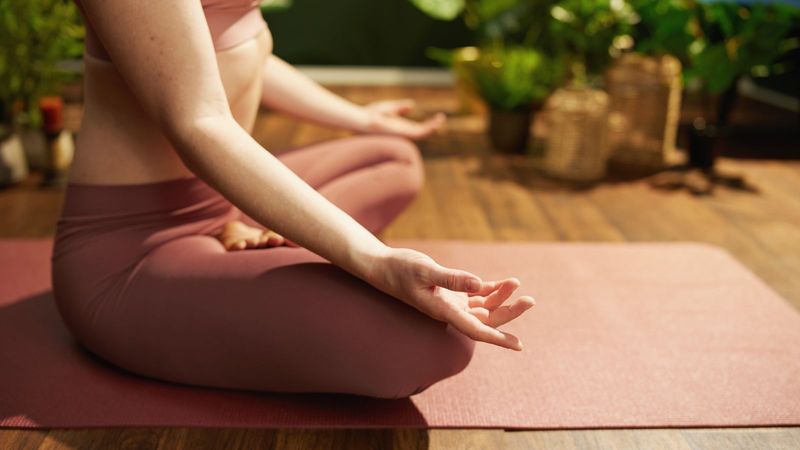
Iyengar Yoga
Founded and named after Shri BKS Iyengar, this type of yoga focuses heavily on alignment. It involves performing yoga poses using props like chairs, blocks, trestles, ropes, etc, to ensure the right alignment, Pragya tells us. The core belief here is that you can reach a meditative state through the perfect alignment of your body.
Benefits of Iyengar Yoga: This type of yoga may release emotional tension, alleviate postural/structural problems, help you reconnect with your body and strength, and increase concentration and focus.
Who is Iyengar Yoga suitable for: These classes have a strong therapy approach as well as they cater to all fitness and health levels.
Bikram Yoga
A type of yoga that reminds many of Ashtanga, Bikram Yoga is practised in a heated room and involves a set sequence of 26 yoga poses. Yoga and pilates expert Prachi tells us that it is challenging, and require a lot of endurance. Since you are performing these poses in a heated room, your muscles may warm up quickly. Plus, many may end up overstretching because your mind is distracted by the heat and you may not be able to practice these mindfully.
Benefits of Bikram Yoga: This type of yoga helps increase flexibility, burn calories, help manage stress, improve lower body strength, build balance, and improve heart health.
Who is Bikram Yoga suitable for: Can be practised at any fitness level.
Yin Yoga
People often confuse Yin Yoga for Restorative Yoga since both types involve practising slow, prolonged poses and movements, for a long duration. But Dr Jitendra Varshney, wellness director at Six Senses Vana, points out that these styles differ in technique and goals. The goal of Yin Yoga is to balance the flow of chi (vital energy) in the body and it involves holding poses for extended periods. “Yin Yoga targets deeper connective tissues in the body, such as the fascia, ligaments, and joints, especially, around the hips, pelvis and lower spine,” he informs while talking about the target areas of this type of yoga.
Benefits of Yin Yoga: This type of yoga improves mobility and overall flexibility. It calms the nervous system and may help you sleep better.
Who is Yin Yoga suitable for: It is suitable for beginners and long-time yogis alike. But one needs to take necessary precautions to avoid injuries and sprains since Yin Yoga puts you in uncomfortable poses.
Restorative Yoga
Dr Jitendra points out that Restorative Yoga is centred on relaxation, healing, and rejuvenation. This type involves the use of props like blocks, straps, and bolsters to support your body in each pose, and those ensure you don’t strain any muscles or connective tissues during the practice. Think supported backbends, seated straddle poses, and gentle supine twists.
Benefits of Restorative Yoga: The goals here are to promote deep relaxation of body and mind, calm the nervous system, reduce stress, restore sense of balance in body and mind, and better sleep.
Who is Restorative Yoga suitable for: Both beginners and seasoned yoga practitioners can practise this form of yoga, but not if you have any acute or chronic injuries or health conditions.
AlsoRead2
Kundalini Yoga
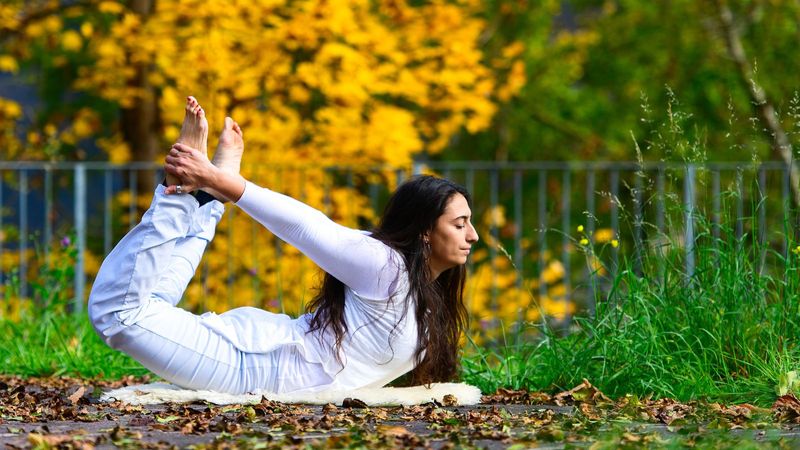
“Kundalini Yoga is known for its capacity to activate the kundalini (the energy flow along the spine) within us, which raises vitality and boosts dormant energy levels within us,” explains Sharmilee Kapur, co-founder-director of Atmantan Wellness Centre, and a pranic healing and spiritual yoga expert. The activation or awakening of the Kundalini in this advanced type of yoga happens through a series of dynamic postures, stretches, and motions that target different parts of the body, especially the spine and endocrine system.
Benefits of Kundalini Yoga: This type of yoga is known to increase vitality, aid stress management, enhance immunity, improve sleep, and even help in self-reflection.
Who is Kundalini Yoga suitable for: Someone who has consistently been practising yoga or meditation for a few years. “There are many contra-indications, along with complicated postures in this form of yoga, and hence should only be done in the presence of an expert and after reaching a certain maturity level,” the Atmantan co-founder warns.
Now that you’ve learned about the most common types of yoga and which one is right for whom, we’d recommend you consult a qualified yoga instructor before starting a type of yoga. This is to understand a particular type of yoga, its benefits, and whether they align with your goals or not. Other modern-day variations of yoga include aerial yoga, yogalates (yoga + pilates), and aqua yoga.


